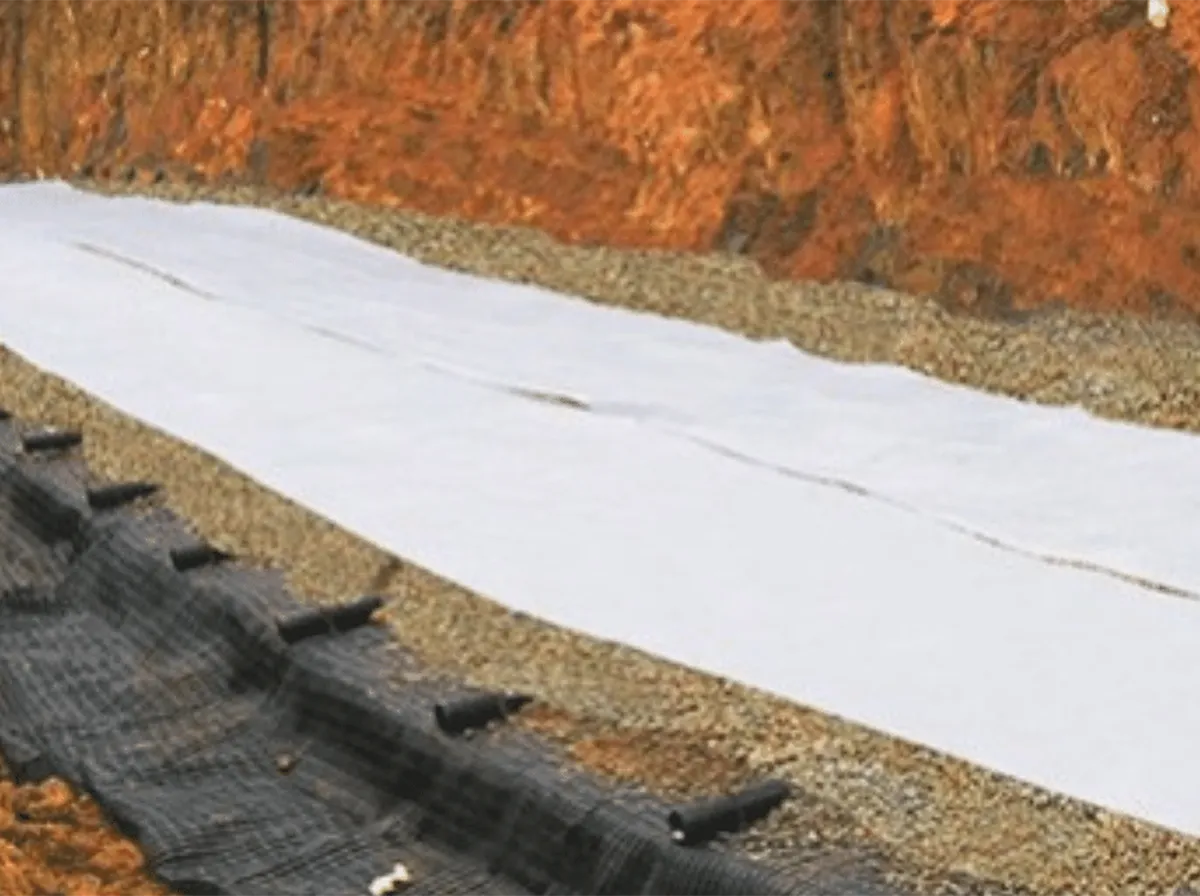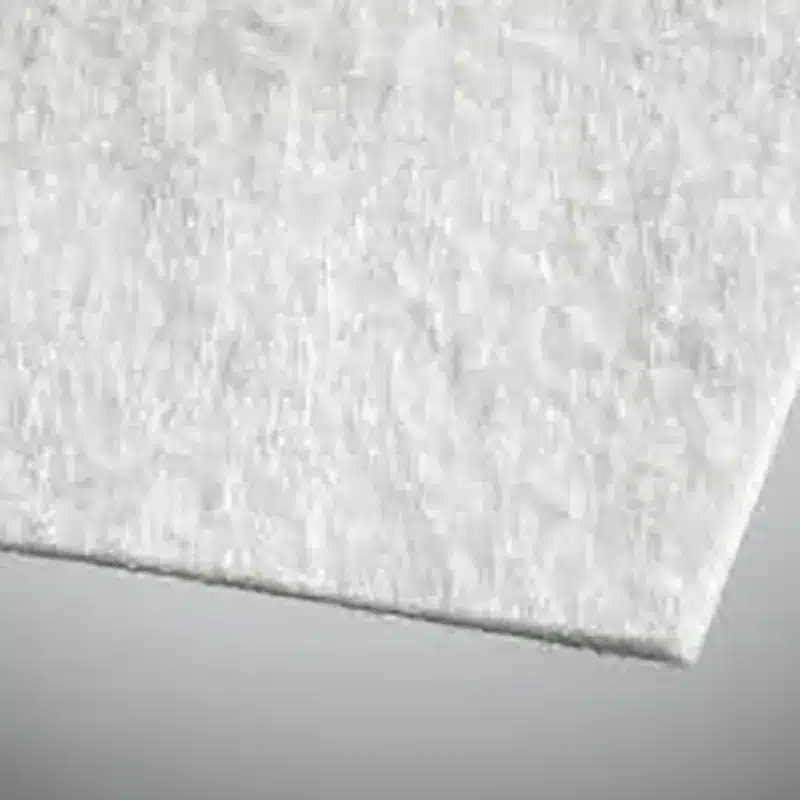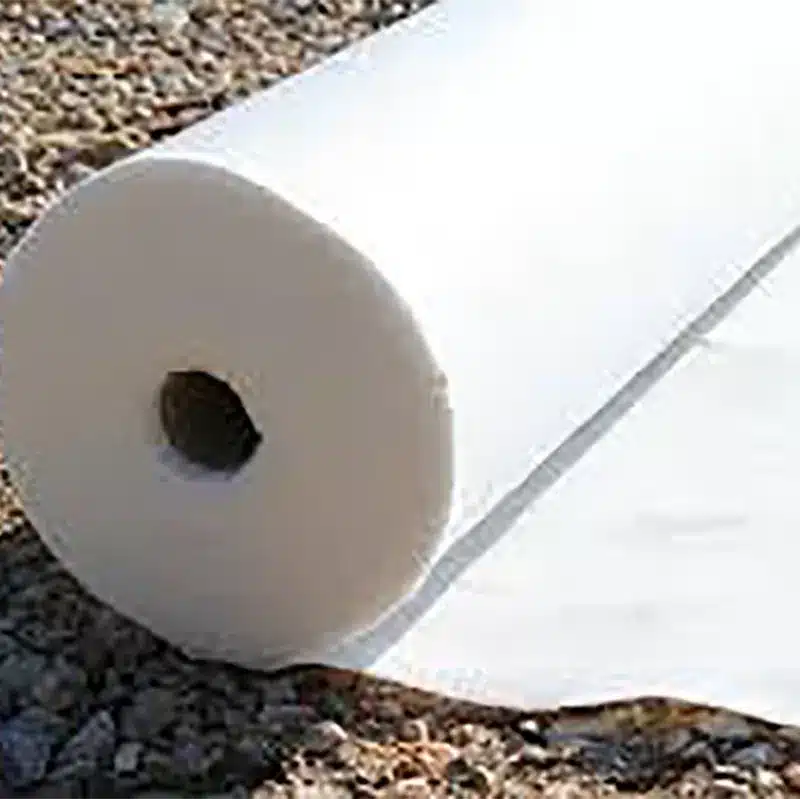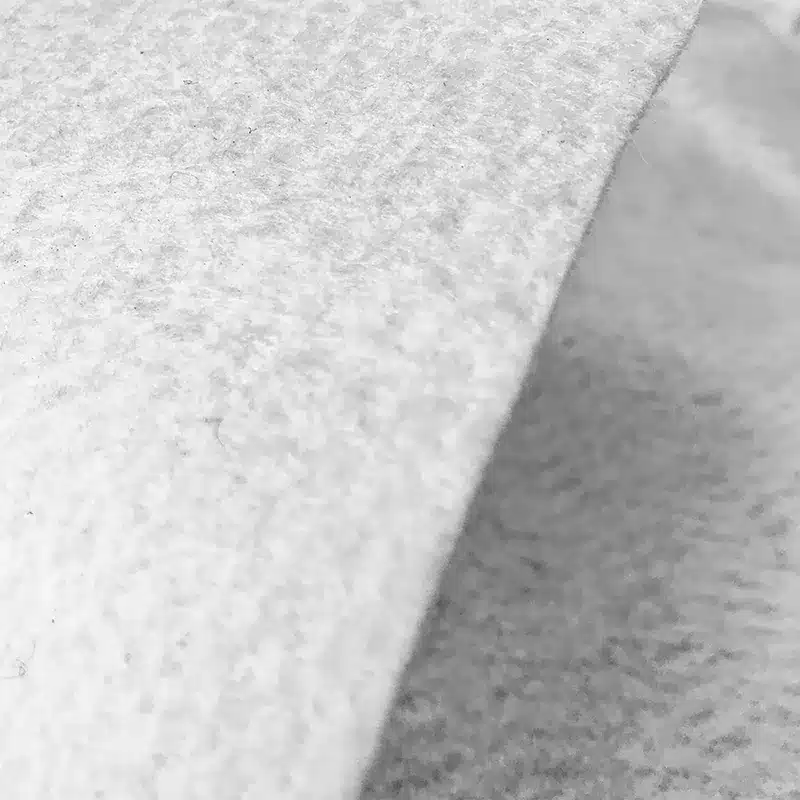Geotextile Fabric for Retaining Walls: Types and Benefits Explained
Retaining walls play a crucial role in managing soil erosion and supporting landscapes. Behind every well-built retaining wall lies a key component: the fabric. This article explores the importance of retaining wall fabric, its types, and common questions surrounding its use.
What kind of fabric should I use behind a retaining wall?
Choosing the right fabric is essential for the longevity and effectiveness of your retaining wall. Non-woven geotextile fabric, known for its superior filtration properties and capability to prevent soil erosion while facilitating water drainage, is popular. This fabric type offers durability and resilience against UV exposure and chemicals, thereby ensuring your retaining wall’s stability and prolonged performance over time.

Do you need geotextile for a retaining wall?
Yes, geotextiles are highly recommended for retaining walls. They act as a barrier between the soil and the stone or gravel backfill, preventing the soil particles from mixing with the backfill material. This separation ensures proper drainage and reduces hydrostatic pressure behind the wall, which can otherwise lead to structural damage over time. By installing geotextile, you prevent all this from happening, extending the life of your wall.
What’s the difference between landscape fabric and geotextile fabric?
Landscape fabric and geotextile fabric serve different purposes despite some similarities. Landscape fabric is typically thinner and designed to suppress weeds while allowing water to pass through. It’s ideal for gardens and flower beds. While geotextile fabric handles the heavy lifting, landscape fabric brings zen to your garden. On the other hand, geotextile fabric is thicker and engineered for strength and filtration. It’s used in civil engineering projects like retaining walls to stabilize soil, manage water flow, and enhance structural integrity.
Does water penetrate geotextile fabric?
Geotextile fabrics are permeable, meaning they allow water to pass through while retaining soil particles. This permeability is crucial behind retaining walls as it prevents water buildup, which can exert pressure on the wall and lead to instability. Geotextiles can be used in filtration to allow water to go through the covered layer, maintaining the wall’s effectiveness and durability by facilitating drainage and reducing hydrostatic pressure.
Choosing the right fabric behind your retaining wall is pivotal for its performance and longevity. Geotextile fabrics, known for their durability and drainage capabilities, play a critical role in stabilizing soil, managing water flow, and preventing erosion. Understanding these fabrics ensures your retaining wall stands strong against the test of time and environmental pressures.
This article provides insights into the importance of retaining wall fabrics, clarifying common questions and emphasizing the benefits of using geotextiles for optimal performance.



Comments
Post a Comment